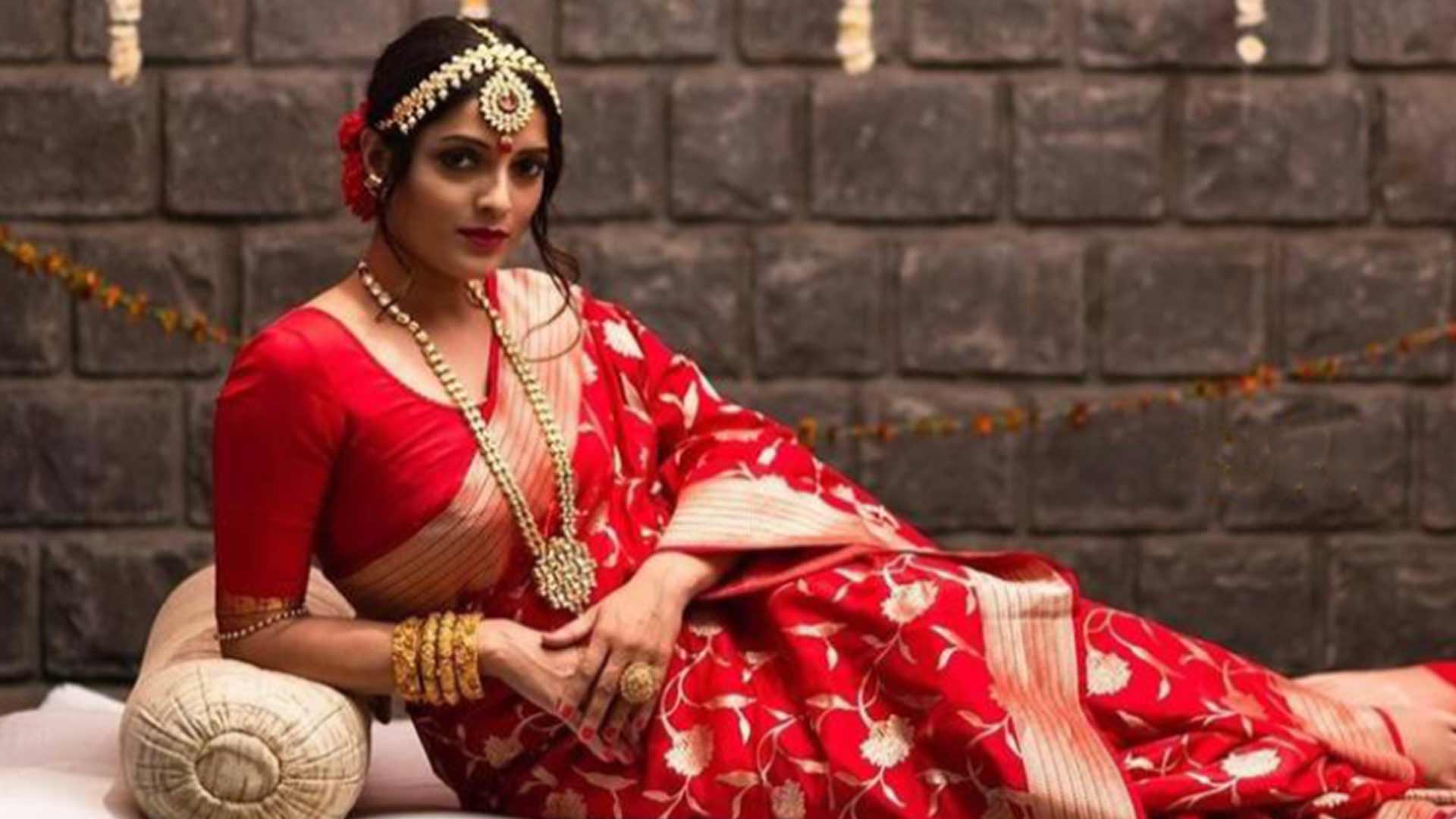Benarasi is a name synonymous with nobility and grandeur. It is the first choice of any bride for her wedding venue. Banarasi sarees are unparalleled when it comes to occasions other than weddings. Women who love sarees always prefer Banarasi due to its exquisite craftsmanship and vibrant colours. The demand for Banarasi has remained high since ancient times and continues till today. While the happy moments outside Banaras are somewhat brighter, taking certain precautions before purchasing these beautiful sarees is essential. If not met, one may fall prey to fraudulent sellers and end up with a substandard saree.
History:
The Banarasi saree originates in the Indian state of Uttar Pradesh, specifically in Banaras. Although the exact date of its creation is unknown, many Banarasi weavers migrated to Bangladesh and settled in Dhaka after the partition of India in 1947. These weavers eventually made their homes in the Mirpur region after achieving independence. Over time, the people of Bengal developed an interest in the saree, and its design evolved. It is now commonly referred to as Katan instead of Banarsi saree.
Varieties of colours in sarees:
There is no shortage of colour variations in Banarasi sarees. Everyone imagines the wedding bride in Red Varanasi. However, apart from red, colours like magenta, maroon, yellow, purple, khaki etc., have gorgeous and heavy work of gold and silver lace thread. In keeping with the era, many more colours of Banarasi have come out these days.
Saree has different names based on the type and design. Like- Silk Katan, Pyramid Katan, Chunri Katan, Prince Katan, Broket Katan, Banarasi Cosmos etc.
Let’s delve into the Mughal motif, which has now taken centre stage in Banarasi sarees. Over time, designs from specific regions of Pabna have been incorporated into the mix, along with local designs from different areas. These changes have resulted in a stunning array of motifs that have elevated the beauty of Banarasi sarees to new heights.
Banarasi saree-making method:
Banarasi sarees are crafted using the Tatan instrument, making them both exquisite and intricate. These sarees are made using unprocessed silk yarn as their primary component, and lace material is incorporated. Before weaving the saree, the threads are dyed to match the design and then washed with detergent and hot water before sun-drying.
After the yarn is transported to the factory for consolidation, it is used to weave sarees. The weaving process and design of the saree determine how long it takes to create. For instance, a saree with a simple weave and design can take approximately seven days to make.
It takes three months for three skilled artisans to weave a saree perfectly. Once the weaving is complete, the saree undergoes a refining process. The artisans may sometimes use china silk thread instead of desi silk thread.
Skilled artisans have passed down the tradition of crafting Banarasi sarees for generations. These sarees are handmade using pure silk thread and adorned with intricate designs created using gold or silver thread and lace. The depictions often include beautiful representations of nature, flora, fauna, Mughal art, and geometric patterns.
The Banarasi saree saw a surge in popularity during the British colonial era, as it became a sought-after item among affluent families and female court members. This regal garment was worn by Indian nobility and royalty, solidifying its status as a symbol of fashion and refinement. The Banarasi saree is undeniably an embodiment of grace and elegance.
Over time, the Banarasi saree has evolved further. Banarasi sarees are available in various designs, including silk, organza, georgette and other fabrics.
Women hold the Banarasi saree as a symbol of heritage and cultural richness. They wear this saree during various festival celebrations and special events. This saree confirms the authenticity of women.

